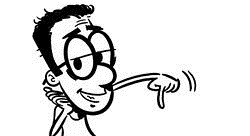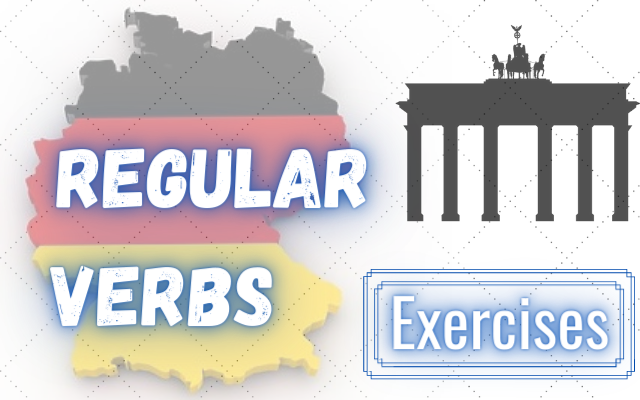
Hello, student! Today, we will explore an exciting part of the German language – adjective declension.
By adjusting adjectives in sentences to agree with the noun they modify in terms of gender, number, and case, we can express ourselves more precisely and naturally in German. The activities we’ll go through will help you understand and practice this concept.
These exercises are designed to help you gradually grasp the different aspects of German adjective declension, and by the end of this lesson, you should be able to correctly order and translate sentences involving these declensions. So, let’s dive right in!

1) Put the Sentences in the Correct Order – German Adjective Declension
a) habe / einen / alten / Hund / ich
Ich habe einen alten Hund.
2) Can you Translate these Sentences?
a) She has a new dog.
Sie hat einen neuen Hund.
3) Practice your Vocabulary of German Adjective Declension
a) Small – Big – New
Klein – Groß – Neu
4) Practice Your Writing by Translating these Small Texts Taking the German Adjective Declension into Consideration
We have covered a lot of ground today with German adjective declension. You’ve worked through rearranging sentences, translating sentences, practicing your vocabulary, and finally applying your knowledge in longer texts.
It’s a complex subject, but with this practice, you’re well on your way to mastering it! Remember, the key, like any language skill, is consistent practice. Feel free to revisit these activities and continue practicing on your own. You’re doing great, keep up the good work!








